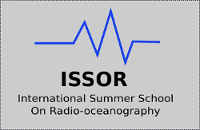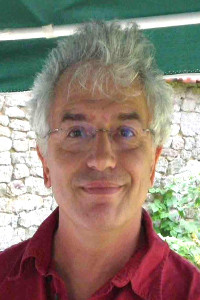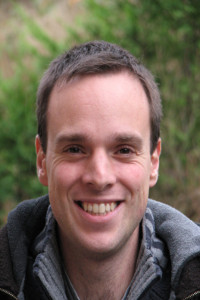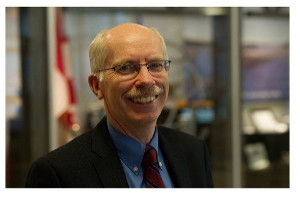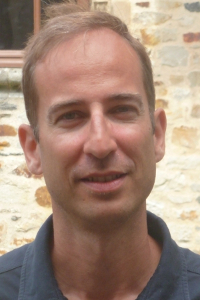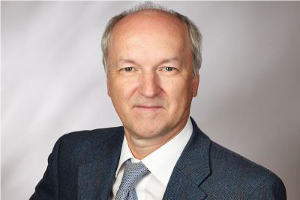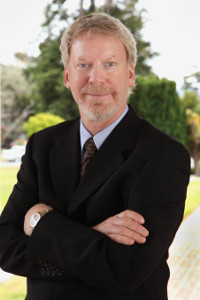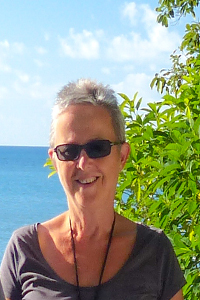|
|
|
SpeakersYves Barbin received the Batchelor degree in Computer Sciences, the Master degree in Pure Mathematics, the Postgraduate degree in Electronics and Instrumentation from Université Pierre et Marie Curie (UP6) in Paris. He received his Ph.D. in Signal Processing from Institut Polytechnique de Grenoble (INPG). He is also Ingénieur du Conservatoire Nationale des Arts et Métiers (CNAM). Before he joined the CNRS (Centre National de la Recherche Scientifique), he worked on Medical Electronics, and on Radiocommunications. During the first ten years at CNRS, he designed experiments for the research on Cognitive Sciences. He then specialized on the applications of Radars in Planetary and Earth Sciences. He designed the Bistatic Radar « Consert » that has shortly sounded the comet nucleus during the international ESA mission « Rosetta ». For the last fifteen years, his work has focused on Radio-Oceanography and HF-Radar signals processing, as he moved to the now called Mediterranean Institute of Oceanography (MIO). He is presently retired from the CNRS, but is still quite active in the field.
Alexander Barth obtained a PhD in Oceanography in 2004 at the University of Liège, Belgium in the GHER group of Prof. Jean-Marie Beckers. The dissertation was entitled “Assimilation of sea surface temperature and sea surface height in a two-way nested primitive equation model of the Ligurian Sea”. After finishing his PhD, he worked in the Ocean Circulation Group of Prof. Robert H. Weisberg at the University of South Florida as a Research Associate. In 2011, he returned to the GHER group in Belgium and worked as a Research Fellow of the Belgian National Fund of Scientific Research (Chargé de Recherches, F.R.S.-FNRS) at the University of Liège with Prof. Jean-Marie Beckers and since 2011 as a Research Associate (Chercheur Qualifié).
Franck Dumas
Eric W. Gill received the B.Sc. degree (1st class) in physics from the Memorial University of Newfoundland (MUN), St. John’s, Newfoundland, Canada, in 1977, and the M.Eng. and Ph.D. degrees in electrical engineering from MUN in 1990 and 1999, respectively. For over two decades, from 1977, he was a Lecturer in physics and mathematics with the Provincial College System, and from 1987 he pursued research interests in rough surface electromagnetic scattering theory at MUN. He is currently a Professor with the Department of Electrical and Computer Engineering, MUN, where he is also involved in theoretical and applied electromagnetics. His special interest lies in the scattering of high frequency electromagnetic radiation from time-varying, randomly rough surfaces, with particular application to the use of high frequency surface wave radar in remote sensing of the marine environment. His latest pursuits include ocean remote sensing using both X-band nautical radar and synthetic aperture radar. He is a member of the American Geophysical Union, a senior member of IEEE (Oceanic Engineering and Antennas and Propagation Societies) and an associated editor of the IEEE Journal of Oceanic Engineering.
Charles-Antoine Guérin received the B. Eng. degree from the Ecole Nationale Supérieure de l'Aéronautique et de l'Espace, Toulouse, France, in 1994 and the Ph.D. degree in Theoretical Physics from the University of Aix-Marseille, France, in 1998. He is now professor and researcher at the University of Toulon, France, with the Mediterranean Institute of Oceanography (MIO). He is specialist in physical modeling of ocean remote sensing. His current interests include the characterization of the sea surface with microwave radars and tsunami detection with HF radars.
Jochen Horstmann received the Diploma in physical oceanography (Dipl.-Oz.) and the Ph.D. in earth sciences (Dr. rer. nat.) from the University of Hamburg, Germany, in 1997 and 2002, respectively. He was with GKSS Research Center, Geesthacht, Germany, where he joined the Coupled Model Systems group in 1995 and has been a Research Scientist with the Institute for Coastal Research since 2002. Since 2007 he is adjunct Professor at the Rosenstiel School of Marine and Atmospheric Science, University of Miami, USA. He has a wide experience in the field of radar remote sensing of ocean wind, waves, and currents and has published more than 55 scientific papers in international peer-reviewed journals. His main research interests are the development of applications for radar-based sensors with particular focus on ocean surface and subsurface processes. 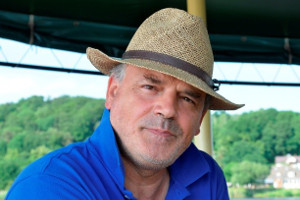
Thomas Helzel is member of IEEE since 1987. His main interests are measurement techniques including sensors and signal processing. Helzel Messtechnik GmbH is member of the Maritime Cluster Schleswig-Holstein and the GMT (German Maritime Technology Association).
Jeffrey D. Paduan received his B.S.E. from the University of Michigan in 1982 and his Ph.D. in physical oceanography from Oregon State University in December, 1987. At present he is Dean of Research at the Naval Postgraduate School in Monterey, California. His research involves study of upper ocean currents and air-sea interaction with a focus on the application of high frequency (HF) radar systems in coastal oceanography. In 2001 he co-founded the International Radiowave Oceanography Workshop, which supports this growing branch of marine science. Dr. Paduan is the co-author of 50 publications and numerous technical reports related to the physics of the upper ocean.
Alexei Sentchev
Lucy Wyatt is a Professor of Applied Mathematics at the University of Sheffield, UK and the Technical Director of Seaview Sensing Ltd, a small company that was set up to commercialise the software we had developed at Sheffield to extract waves, winds and currents from HF radar data. I have been involved in HF radar oceanography research for over 35 years and am mainly known for my contributions to methods for wave measurement. I have been involved in the development and testing of the OSCR, Pisces and WERA radars. I spent three years as the Director of the Australian Coastal Ocean Radar Network where, amongst other things, I spent some time familiarising myself with the SeaSonde radar system.
with the help of Louis Marié, Solène Jousset, Céline Quentin, Guiomar Lopez and Anne-Claire Bennis for the pratical works. |
